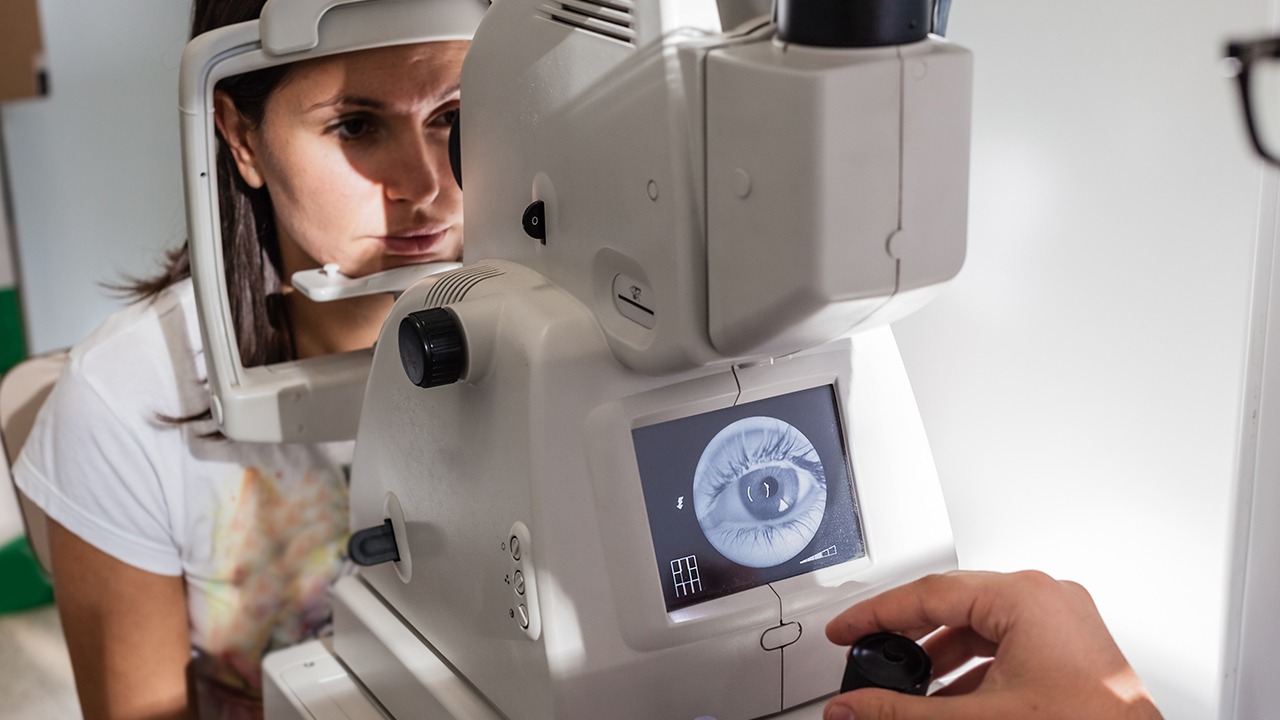Tips for Caring for Your “Little Garden”: A Guide to Ovarian Self-Examination

Introduction
Ovarian cancer is a serious disease that affects women, with an estimated 21,000 new cases and over 14,000 deaths in the United States each year. Early detection is crucial for increasing treatment options and improving survival rates. Ovarian self-examination (OSE) is a simple and effective way for women to detect any changes in their ovaries that may be signs of cancer.
What is Ovarian Self-Examination?
OSE is a technique that involves feeling your ovaries for any lumps, bumps, or other changes in size, shape, or consistency. It is recommended that women perform OSE monthly, starting from the day after their period ends.
Benefits of Ovarian Self-Examination
Regular OSE can help you:
Detect any changes in your ovaries that could be signs of cancer
Become more familiar with your normal ovarian anatomy
Increase awareness of your reproductive health
Encourage early medical consultation if any changes are noticed
Tips for Performing Ovarian Self-Examination
1. Choose the Right Time: The best time to perform OSE is about 5-7 days after your period ends, when your ovaries are least likely to be swollen or tender.
2. Create a Comfortable Environment: Find a quiet and private place where you can relax and focus.
3. Lie Down on Your Back: Place a pillow under your hips to lift your pelvis and make it easier to reach your ovaries.
4. Gently Insert Your Fingers: Insert your index and middle fingers into your vagina until you reach your cervix.
5. Locate Your Ovaries: To find your ovaries, sweep your fingers to the left and right of your uterus, they are usually located about 2-3 inches away.
6. Palpate Your Ovaries: Use gentle pressure to feel for any lumps, bumps, or irregularities. Check the size, shape, and consistency of each ovary.
7. Use the Other Hand: Place your other hand on your lower abdomen to feel for any external changes.
8. Check Regularly: Perform OSE monthly to track any changes over time.
What to Look For
During OSE, you should be looking for any changes from your normal ovarian anatomy, including:
Lumps or bumps
Changes in size or shape
Thickening or hardening
Pain or tenderness
If You Find a Change
If you find any changes during OSE, it is important to consult with your healthcare provider promptly. While not all changes are indicative of cancer, it is crucial to rule out any underlying medical conditions.
Limitations of Ovarian Self-Examination
It is important to note that OSE is not a diagnostic test and has certain limitations:
It cannot detect all ovarian cancers.
It may not be accurate in women with certain conditions, such as fibroids or polycystic ovary syndrome.
It may be challenging for women who have not given birth vaginally.
Combining OSE with Other Screening Methods
OSE is a valuable screening tool, but it should be used in conjunction with other methods, such as:
Transvaginal ultrasound
Pelvic exams
CA-125 blood test
Conclusion
Ovarian self-examination is a simple and effective way to detect any changes in your ovaries that could be signs of cancer. By performing OSE regularly and being aware of your normal ovarian anatomy, you can increase your chances of early detection and improve your overall reproductive health. Remember, if you experience any changes, don't hesitate to consult with your healthcare provider promptly.
The above is all the content that the editor wants to share with you. I sincerely hope that these contents can bring some help to your life and health, and I also wish that your life will be happier and happier.
Topic: #caring #your #tips









